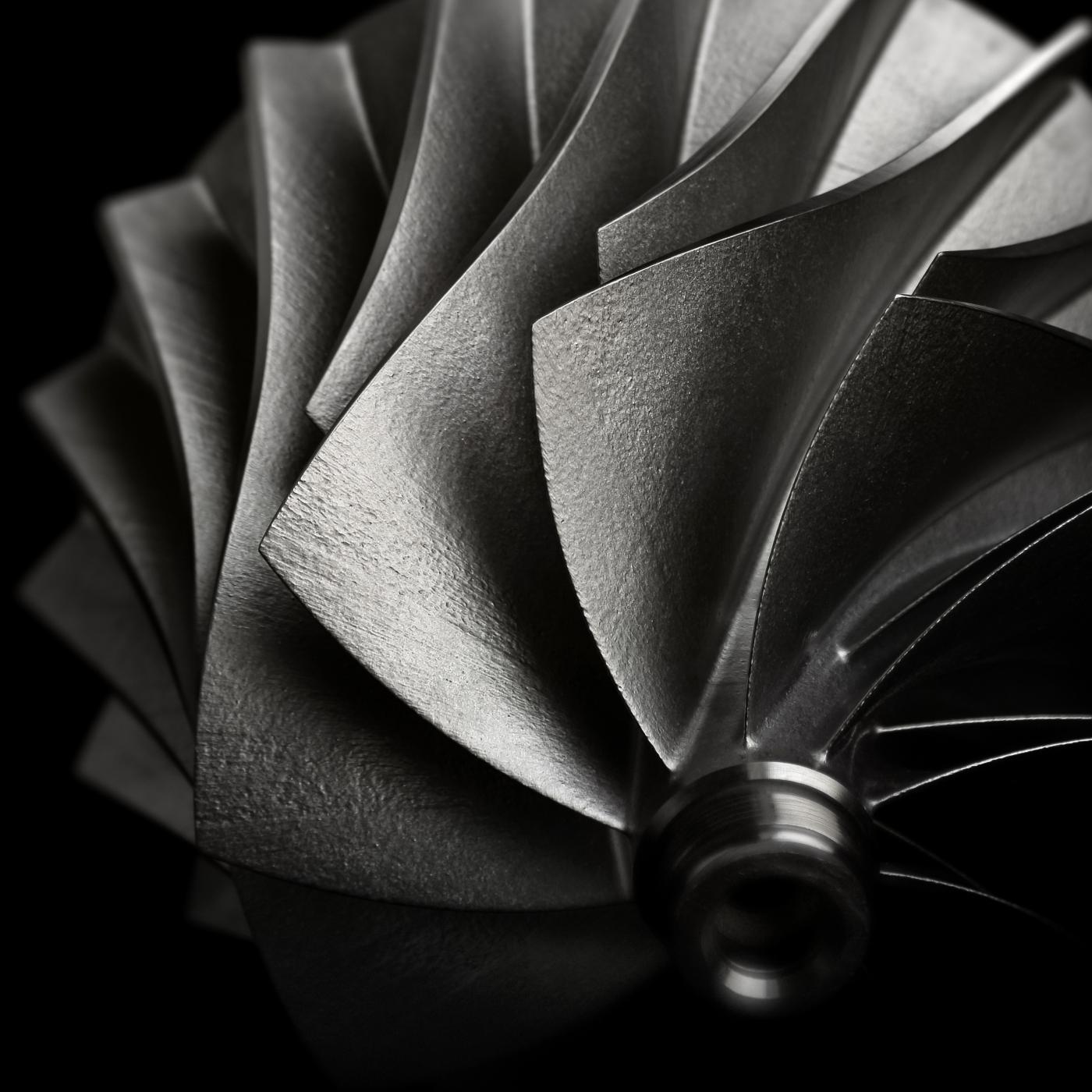Filter News
Area of Research
News Topics
- (-) Physics (68)
- 3-D Printing/Advanced Manufacturing (143)
- Advanced Reactors (40)
- Artificial Intelligence (124)
- Big Data (77)
- Bioenergy (110)
- Biology (126)
- Biomedical (73)
- Biotechnology (37)
- Buildings (73)
- Chemical Sciences (84)
- Clean Water (32)
- Composites (33)
- Computer Science (223)
- Coronavirus (48)
- Critical Materials (29)
- Cybersecurity (35)
- Education (5)
- Element Discovery (1)
- Emergency (4)
- Energy Storage (114)
- Environment (217)
- Exascale Computing (64)
- Fossil Energy (8)
- Frontier (62)
- Fusion (65)
- Grid (74)
- High-Performance Computing (128)
- Hydropower (12)
- Irradiation (3)
- Isotopes (62)
- ITER (9)
- Machine Learning (67)
- Materials (156)
- Materials Science (156)
- Mathematics (12)
- Mercury (12)
- Microelectronics (4)
- Microscopy (56)
- Molten Salt (10)
- Nanotechnology (62)
- National Security (86)
- Neutron Science (169)
- Nuclear Energy (121)
- Partnerships (66)
- Polymers (34)
- Quantum Computing (52)
- Quantum Science (88)
- Security (30)
- Simulation (64)
- Software (1)
- Space Exploration (26)
- Statistics (4)
- Summit (70)
- Transportation (102)
Media Contacts

Marcel Demarteau is director of the Physics Division at the Department of Energy’s Oak Ridge National Laboratory. For topics from nuclear structure to astrophysics, he shapes ORNL’s physics research agenda.

Six scientists at the Department of Energy’s Oak Ridge National Laboratory were named Battelle Distinguished Inventors, in recognition of obtaining 14 or more patents during their careers at the lab.

A new study clears up a discrepancy regarding the biggest contributor of unwanted background signals in specialized detectors of neutrinos.

ORNL has added 10 virtual tours to its campus map, each with multiple views to show floor plans, rotating dollhouse views and 360-degree navigation. As a user travels through a map, pop-out informational windows deliver facts, videos, graphics and links to other related content.

Geoffrey L. Greene, a professor at the University of Tennessee, Knoxville, who holds a joint appointment with ORNL, will be awarded the 2021 Tom Bonner Prize for Nuclear Physics from the American Physical Society.


Rufus Ritchie came from Kentucky coal country, a region not known for producing physicists.

Through a one-of-a-kind experiment at ORNL, nuclear physicists have precisely measured the weak interaction between protons and neutrons. The result quantifies the weak force theory as predicted by the Standard Model of Particle Physics.

About 60 years ago, scientists discovered that a certain rare earth metal-hydrogen mixture, yttrium, could be the ideal moderator to go inside small, gas-cooled nuclear reactors.


